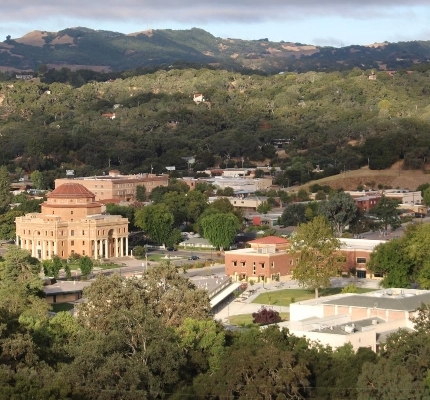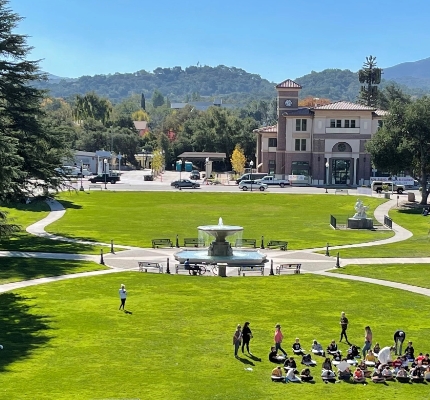Key Topics
Purpose and Role of a General Plan
At its core, a General Plan is a long-term plan for development of the community. The State requires that each city or county General Plan address a minimum set of topics, is internally consistent, and is legally enforceable by virtue of numerous consistency requirements. At the local government level, the General Plan has been described as a “blueprint” or “constitution” for land use and development decisions.
Current General Plan requirements date to the mid-1950s. In the late 1960s and early 1970s, the required scope expanded from two to nine elements, then reduced to seven in 1984. In 2017, an eight Environmental Justice Element was added. The State legislature passed the first consistency requirements in 1970 and 1971.
Over the years, the State Legislature has linked many new mandates directly and indirectly to the General Plan. The Governor’s Office of Planning and Research (OPR) regularly updates General Plan Guidelines to help communities understand the content requirements.

City Hall and Downtown Atascadero

Sunken Gardens
Mandatory General Plan Topics (or "Elements")
The State requires Atascadero to address seven mandatory “elements” or topical chapters. These topics can be addressed as stand-alone chapters or integrated into other parts of the General Plan (e.g., the State allows flexibility in how the General Plan is organized, as long as the required topics are addressed). The City can also address additional topics it finds imporant, including economic development, infrastructure, and community health.
Land Use
Designates the type, intensity, and general distribution of uses of land for housing, business, industry, open space, education, public buildings and grounds, waste disposal facilities, and other categories of public and private uses
Circulation
Correlates with the land use element and identifies the general location and extent
of existing and proposed major roads, transportation routes, terminals, and
other local public utilities and facilities.
Housing
Assesses current and projected housing needs for all economic segments of the community and embodies policies and programs for providing adequate housing. The City’s current Housing Element was adopted in 2020 and is valid until 2028. It will not be a part of this current update process but can be used to inform and supplement this activity.
Open Space
Details plans and measures for the long–range preservation and conservation of open–space lands, including open space for the preservation of natural resources, the managed production of resources, agriculture, outdoor recreation, and public health and safety.
Conservation
Addresses the conservation, development, and use of natural resources, including water, forests, soils, rivers, and mineral deposits
Safety
Establishes policies and programs to protect the community from risks associated with seismic, geologic, flood,
and wildfire hazards, as well as from other concerns such as drought.
Noise
Identifies and appraises noise problems within the community and forms the basis for land use distribution determinations.